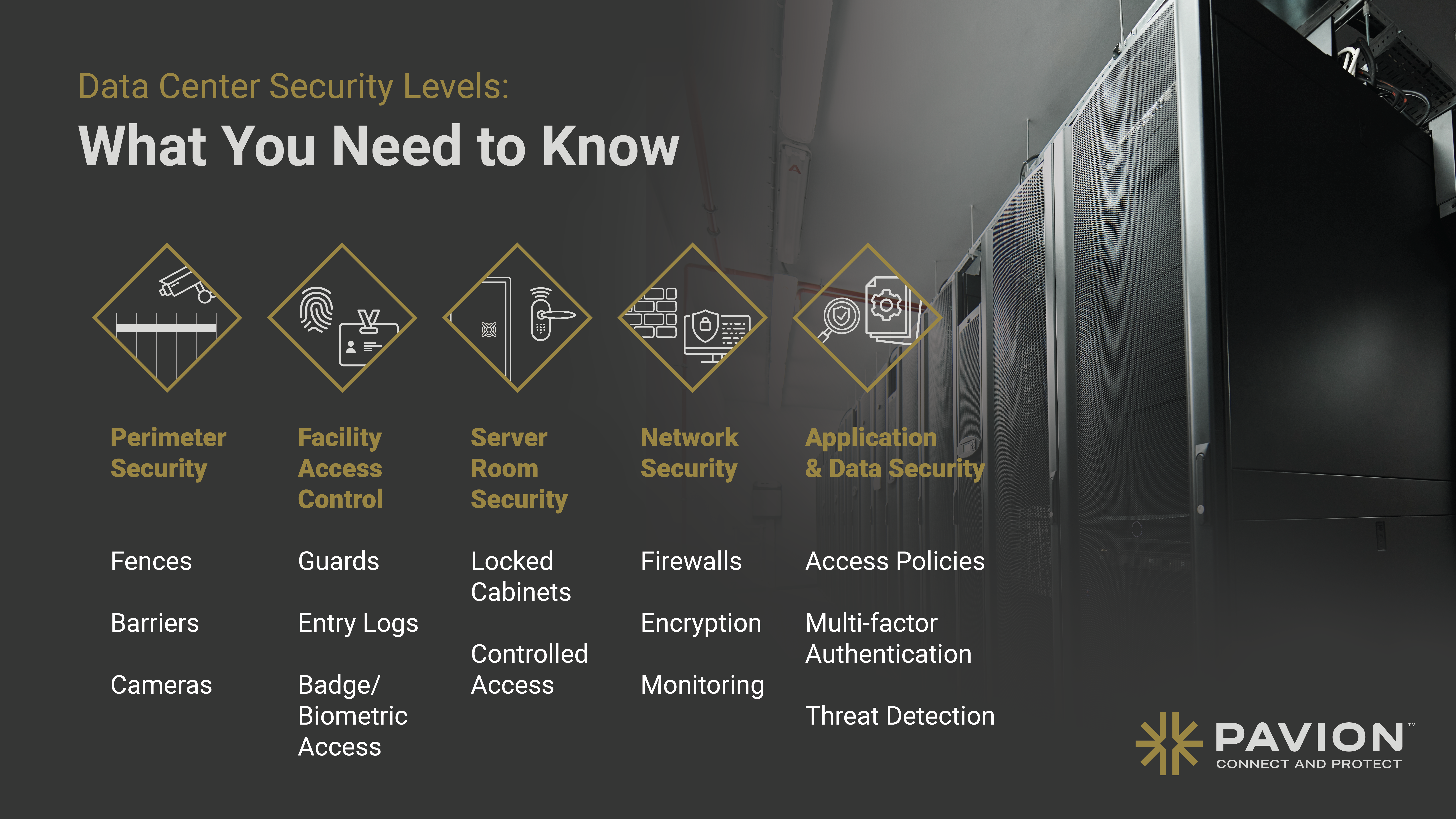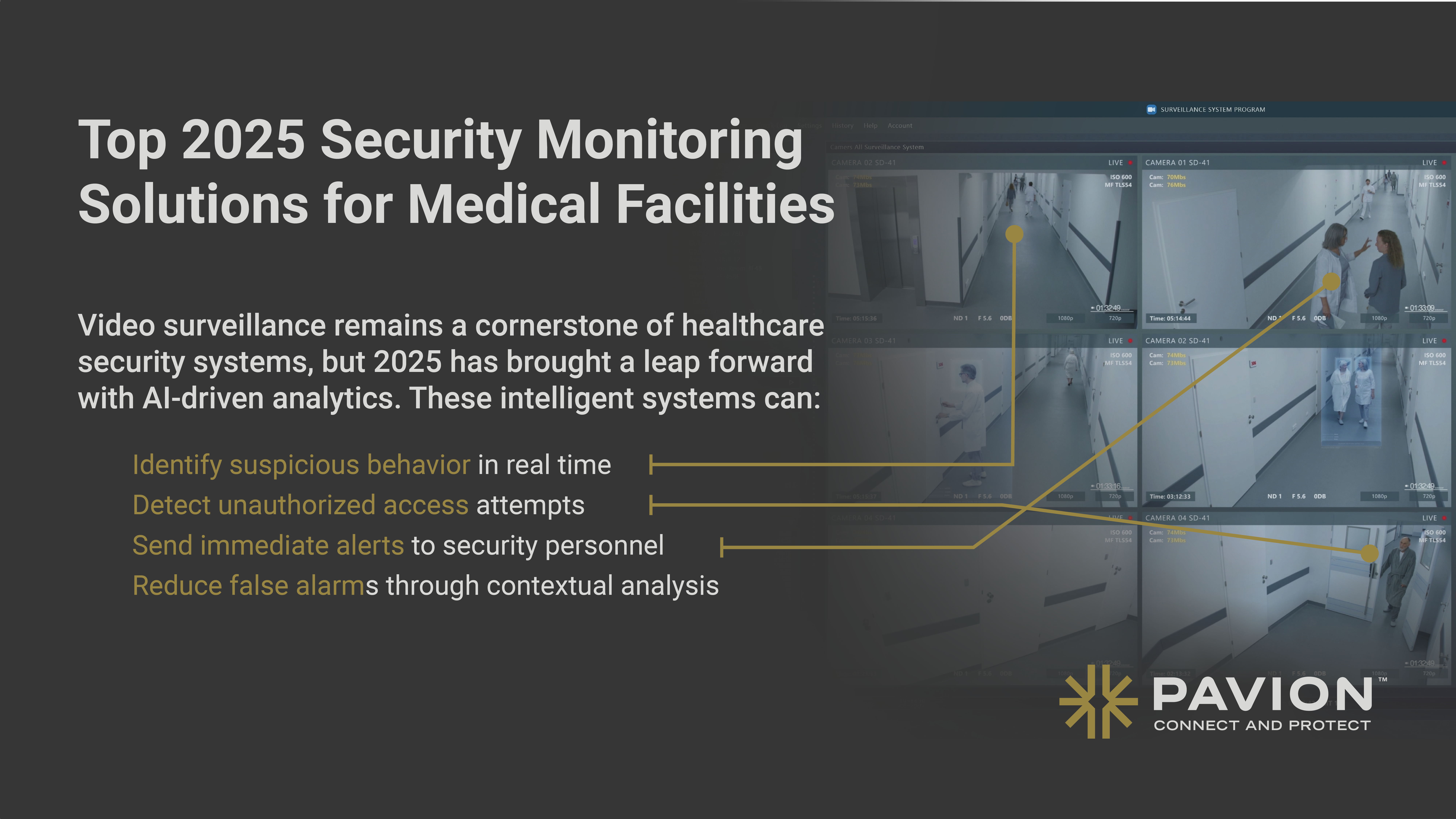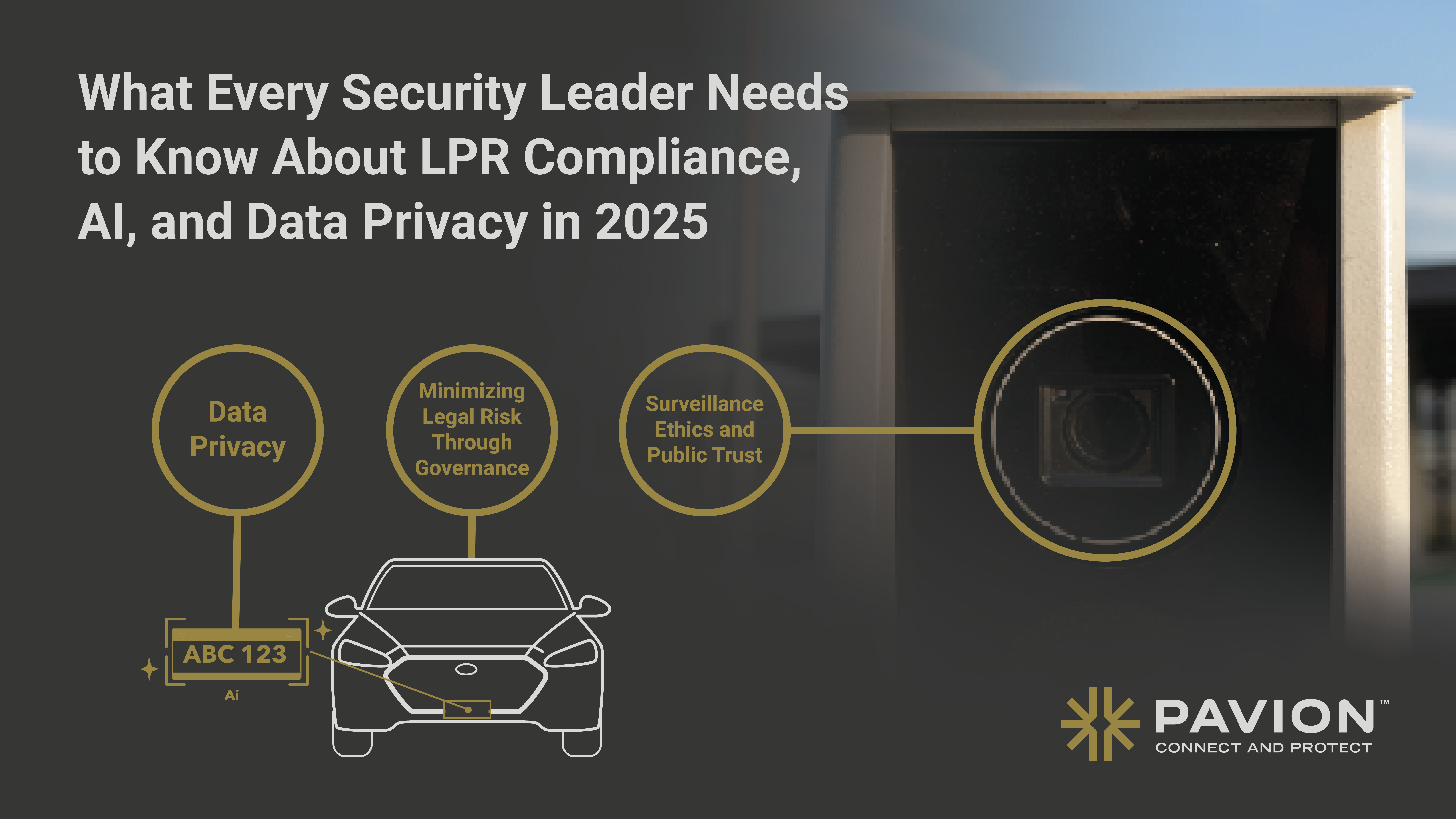
Remote Monitoring: The Future of Business Security
In today’s rapidly evolving digital landscape, security is a top concern for businesses. As technology continues to advance, so do the methods used by potential threats. Traditional security measures are no longer sufficient to combat the increasingly sophisticated risks faced by businesses. It is in this context that remote monitoring emerges as a critical component of a comprehensive security strategy. At Pavion, we specialize in providing cutting-edge remote monitoring solutions to support businesses in safeguarding their assets and ensuring the safety of their premises.
Understanding Remote Monitoring
Remote monitoring is a proactive approach to security that utilizes advanced technology to monitor and protect businesses from threats. Rather than relying solely on physical measures, such as security guards or alarm systems, remote monitoring harnesses the power of digital systems to provide real-time surveillance and response capabilities.
Remote monitoring goes beyond traditional security measures by incorporating cutting-edge technology to ensure the safety and security of businesses. It involves the use of cameras, sensors, and other devices to capture and transmit data to a central monitoring center. Trained security professionals actively monitor the incoming data, keeping a watchful eye on the premises and responding swiftly to any suspicious activities or potential security breaches.
By leveraging remote monitoring, businesses can maintain round-the-clock surveillance without the need for physical presence on-site. This not only reduces costs but also ensures a higher level of security, as human error and inconsistencies are minimized.
The Basics of Remote Monitoring
At its core, remote monitoring involves the use of cameras, sensors, and other devices to capture and transmit data to a central monitoring center. These devices are strategically placed throughout the premises to provide comprehensive coverage and ensure that no area is left unmonitored.
Once the data is received at the central monitoring center, it is analyzed by trained security professionals who are well-versed in identifying potential threats and suspicious activities. These professionals are equipped with the necessary tools and expertise to respond swiftly and effectively to any security incidents that may arise.
One of the key advantages of remote monitoring is its ability to provide real-time surveillance. This means that security personnel can monitor the premises at any given moment, regardless of their physical location. This level of flexibility and accessibility ensures that businesses can respond promptly to any security incidents, minimizing potential damage or losses.
Furthermore, remote monitoring systems can be customized to meet the specific needs and requirements of each business. Whether it’s a small retail store or a large corporate office, the technology can be tailored to provide the optimal level of security and surveillance.
The Role of Technology in Remote Monitoring
Technology plays a vital role in enabling the effectiveness of remote monitoring. Advanced video analytics algorithms, integrated with artificial intelligence, enhance the capabilities of surveillance systems. These systems can detect and analyze potential threats with unparalleled accuracy, promptly alerting security personnel to take appropriate action.
With the advancements in video analytics, remote monitoring systems can now differentiate between normal activities and suspicious behavior. This reduces the likelihood of false alarms and ensures that security personnel can focus their attention on genuine threats.
Furthermore, cloud computing and high-speed internet connectivity have revolutionized remote monitoring by enabling real-time access to video feeds and remote control of security systems. This enhanced connectivity ensures that businesses can respond swiftly to potential security incidents, regardless of their physical location.
In addition to video surveillance, remote monitoring systems can also incorporate other technologies such as access control systems, intrusion detection systems, and fire alarm systems. These integrated systems work together seamlessly to provide a comprehensive security solution that covers all aspects of business protection.
Overall, remote monitoring is a powerful tool that businesses can utilize to enhance their security measures. By leveraging advanced technology, businesses can maintain round-the-clock surveillance, respond swiftly to potential threats, and ensure the safety and security of their premises.
The Evolution of Business Security
Business security has come a long way from the days of traditional security measures. Where once businesses relied on physical barriers and reactive approaches, the modern landscape demands a proactive and holistic security strategy.
In today’s rapidly changing world, businesses face a multitude of security threats that require innovative solutions. Criminals have become increasingly sophisticated, finding ways to circumvent traditional security measures. As a result, businesses must adapt and embrace new technologies and strategies to stay one step ahead.
Traditional Security Measures
Traditional security measures, such as physical barriers, locks, and manned guarding, have been the cornerstone of business security practices for decades. While these measures offer some level of protection, they often fall short in addressing the dynamic and evolving threats faced by businesses today.
Physical barriers, such as fences and gates, can be breached or bypassed by determined criminals. Locks, once considered a reliable security measure, can be picked or broken. Manned guarding, while providing a visible deterrent, may not be able to respond quickly enough to prevent a security breach.
Furthermore, traditional security measures are often reactive in nature. They rely on detecting and responding to incidents after they have occurred. This approach leaves businesses vulnerable to potential damage and loss.
The Shift Towards Remote Monitoring
The limitations of traditional security measures have prompted businesses to adopt remote monitoring as a more effective and efficient alternative. Remote monitoring provides a comprehensive security solution by combining advanced technology, real-time surveillance, and rapid response capabilities.
With remote monitoring, businesses can leverage the power of modern technology to enhance their security posture. Surveillance cameras equipped with advanced analytics can detect suspicious activities and trigger immediate alerts. Security personnel can remotely monitor multiple locations simultaneously, ensuring comprehensive coverage.
Real-time surveillance allows businesses to proactively identify potential threats and take immediate action to prevent security breaches. Remote monitoring centers can provide round-the-clock monitoring, ensuring that businesses are protected at all times, even when physical premises are unattended.
Additionally, remote monitoring offers the advantage of rapid response capabilities. Trained security personnel can quickly assess the situation, coordinate with law enforcement if necessary, and take appropriate action to mitigate the threat. This swift response can significantly reduce potential damage and loss.
By embracing remote monitoring, businesses gain a proactive approach to security that is capable of identifying and neutralizing threats before they escalate. This shift not only improves security but also offers several additional benefits.
For example, remote monitoring can provide valuable insights into business operations. Surveillance footage can be analyzed to identify patterns, optimize workflows, and enhance overall efficiency. Additionally, remote monitoring can help businesses comply with regulatory requirements by maintaining comprehensive records of security incidents.
In conclusion, the evolution of business security has seen a shift from traditional measures to remote monitoring. This transition allows businesses to stay ahead of dynamic threats, enhance their security posture, and gain additional benefits beyond just protection. As technology continues to advance, it is crucial for businesses to embrace innovative security solutions to safeguard their assets, employees, and reputation.
Benefits of Remote Monitoring for Businesses
Remote monitoring brings numerous advantages to businesses seeking to enhance their security infrastructure.
Enhanced Security Measures
The primary benefit of remote monitoring is the heightened level of security it offers. By employing advanced video analytics and real-time surveillance, businesses can detect and respond to potential security breaches with increased speed and accuracy. This proactive approach ensures that threats are neutralized promptly, minimizing risk and potential loss. Remote monitoring can help your security company know if a “visitor” to the outside of your business is human or animal. It can also identify if the person who set your alarm off did so by mistake or by intrusion. Remote monitoring can also help get quicker response and dispatch in the case of a real emergency.
Cost-Effective Security Solutions
Remote monitoring also provides cost-effective security solutions by eliminating the need for round-the-clock security guards or physical on-site presence. With remote monitoring, businesses can streamline their security operations, reducing costs without compromising the level of protection.
Additionally, remote monitoring systems can be easily integrated into existing security infrastructure, avoiding the need for extensive renovations or reconfiguration. This scalability allows businesses of all sizes to benefit from remote monitoring, regardless of their budget.
Challenges and Solutions in Implementing Remote Monitoring
While the benefits of remote monitoring are clear, the implementation process may present challenges for businesses. However, with innovative solutions and careful planning, these challenges can be overcome.
Potential Obstacles in Transitioning to Remote Monitoring
One common challenge is the resistance to change and the fear of disruption during the transition to remote monitoring. Businesses must overcome internal resistance and educate employees about the benefits of this technology in order to ensure a smooth transition.
Furthermore, the selection and integration of appropriate remote monitoring systems may also present challenges. Careful planning and engaging with experienced security providers can help address these challenges and ensure that businesses can fully leverage remote monitoring technology.
Overcoming Challenges with Innovative Solutions
To overcome these challenges, it is crucial for businesses to partner with experienced and reliable security providers, such as Pavion. These providers offer not only advanced remote monitoring systems but also comprehensive support throughout the implementation process.
By partnering with experts, businesses can navigate the transition smoothly and ensure optimal utilization of remote monitoring technology.
The Future of Remote Monitoring
The future of remote monitoring holds great promise for businesses seeking to strengthen their security infrastructure. Emerging trends are set to transform the way businesses protect their assets and respond to potential threats.
Predicted Trends in Remote Monitoring
Advancements in artificial intelligence and machine learning will continue to play a significant role in the evolution of remote monitoring. These technologies will enable remote monitoring systems to become even more intelligent and predictive, anticipating threats before they occur.
Additionally, the integration of remote monitoring systems with other technologies, such as access control and automation, will lead to a more comprehensive and interconnected security ecosystem. This integration will ensure a seamless and efficient security operation, enhancing the overall safety of businesses.
The Long-Term Impact on Business Security
The adoption of remote monitoring is not a temporary fix; it is a long-term investment in the security and sustainability of businesses. As technology continues to advance and threats become more sophisticated, businesses must stay ahead by embracing innovative security solutions like remote monitoring.
At Pavion, we are committed to helping businesses navigate the future of security through our expertise in remote monitoring technology. By embracing this technology, businesses can thrive in an increasingly complex and risk-prone environment, confident in the knowledge that their assets and premises are secure.
Secure Your Future with Pavion
Don’t wait for security breaches to expose vulnerabilities in your business. Take proactive steps today and ensure your peace of mind with Pavion’s comprehensive fire, security, and integration solutions. Our industry-leading experience is tailored to meet the unique needs of your enterprise, healthcare facility, educational institution, government organization, data center, or retail space. Embrace the transformation that comes with advanced technology and radical service. Get a Free System Assessment and connect with our experts to fortify your business security for the future.


